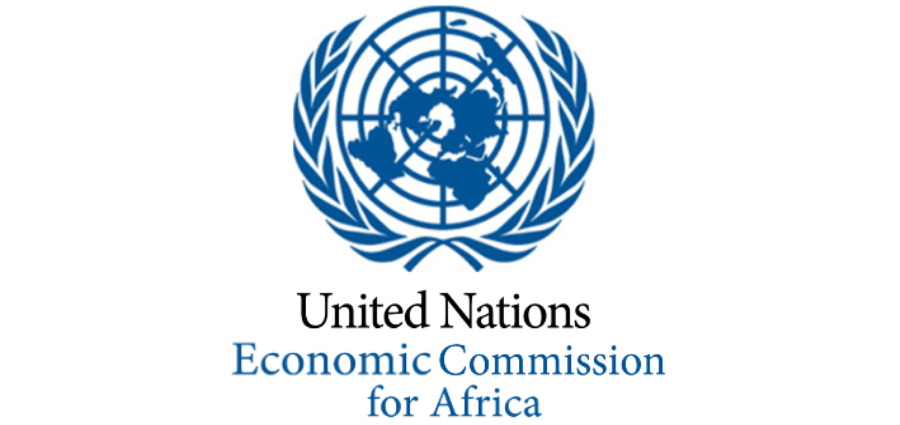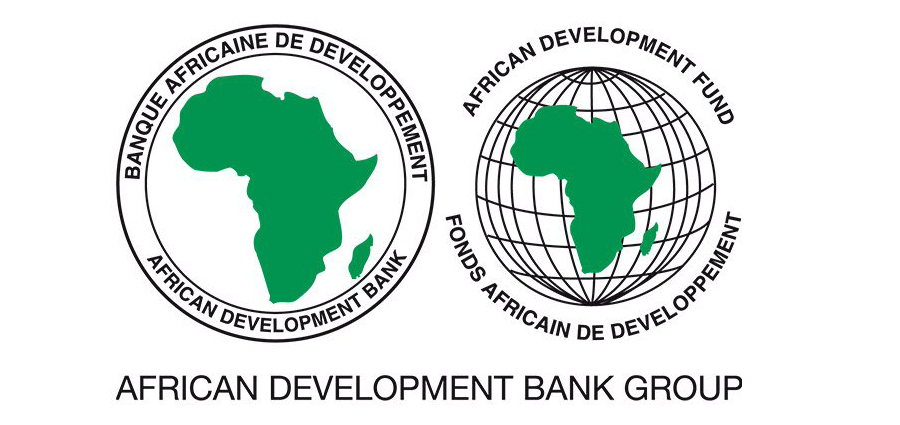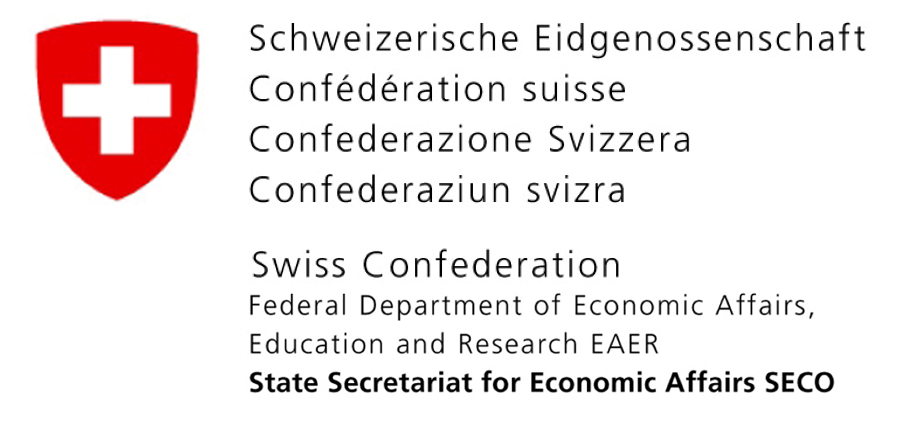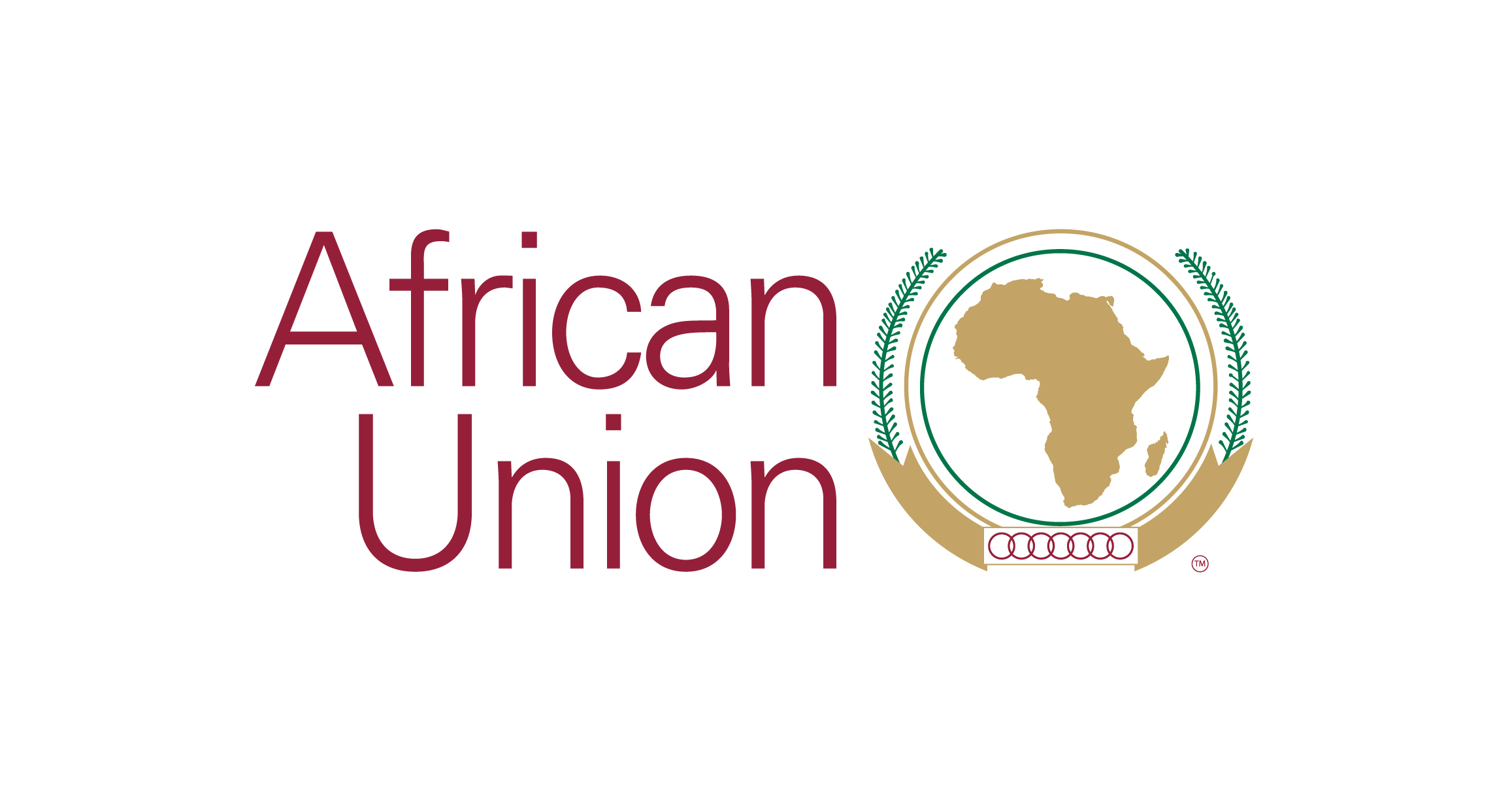Myths and Realities of “Informal” Public Transport in Developing Countries: Approaches for Improving the Sector
Fatima Arroyo-Arroyo, Ajay Kumar, Sam Zimmerman
Understanding the basic causes of the "formal" public transport system’s decline and the rise of informal public transport is essential before improvements can be identified. Because of its social, economic, and environmental importance, the main focus of this paper is on public transport in general, specifically its so-called “informal” aspects. The objectives of the paper are to:
- Examine the uniqueness of public transport systems in Sub-Saharan African cities in terms of their historical, institutional, spatial, social, environmental, economic, and political contexts;
- Explore the causes of the decline of developing country transport systems in general and in public transport’s degradation in particular;
- Discuss commonly held misconceptions so that policymakers at all levels of government can understand the issues that must be addressed if “informal” public transport is to be improved as part of an enhanced, customer-driven public transport system; and
- Propose the outline of a roadmap for improving the sector; subsequent work will examine in more detail what an improved public transport system would look like and how it can be achieved.
This paper also focuses on all aspects of so-called “minibus-taxis,” the oldest and most prevalent informal sector mode in Africa, Latin America, and Asia. Relatively new informal public transport operations using three-wheeled shared-ride vehicles (e.g., “Tempos” in India) and motorcycle taxis (e.g., “Xiom” in Vietnam) have arisen as minibus taxis with similar operating and business models. Regardless of new developments around the world, this paper focuses on the informal “minibus” public transport mode still most prevalent in Africa, especially Sub-Saharan Africa. The implications of this issue resonate far beyond that continent, however, as this mode of transportation is found across Asia and Latin America. Many of the political, geographic, social, economic, financial, and technical factors and trends impacting transport are essentially the same across the world.







